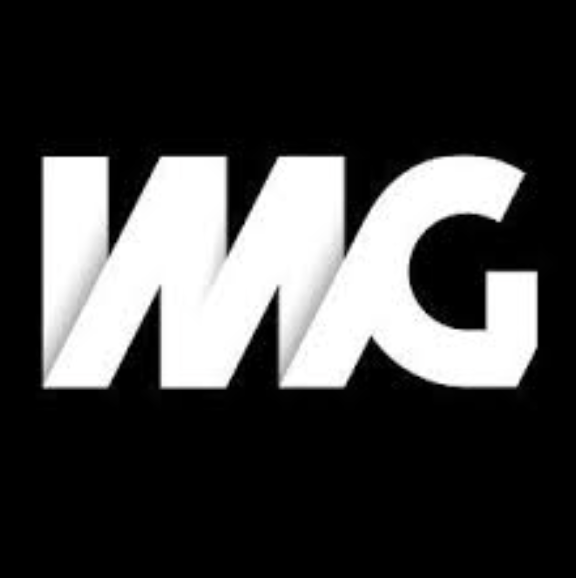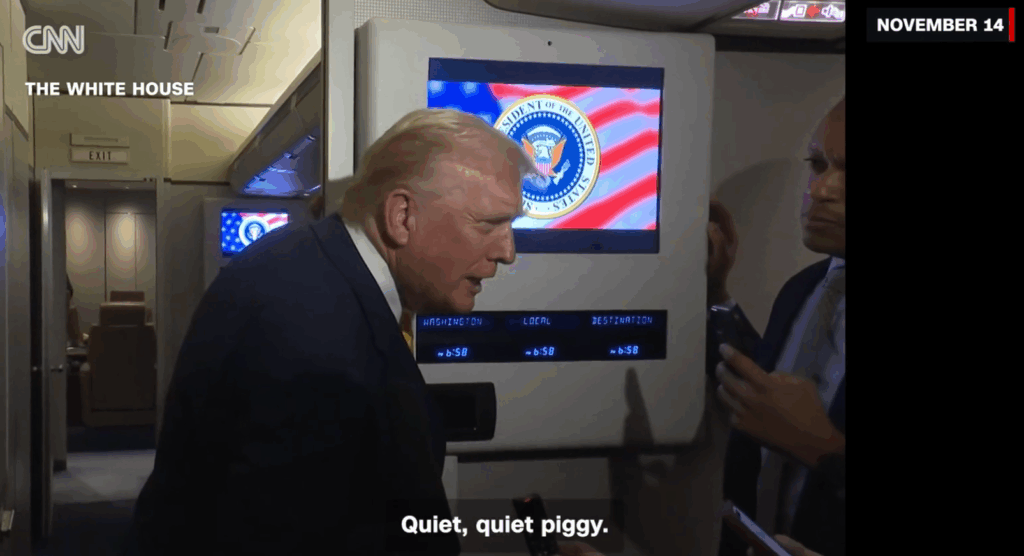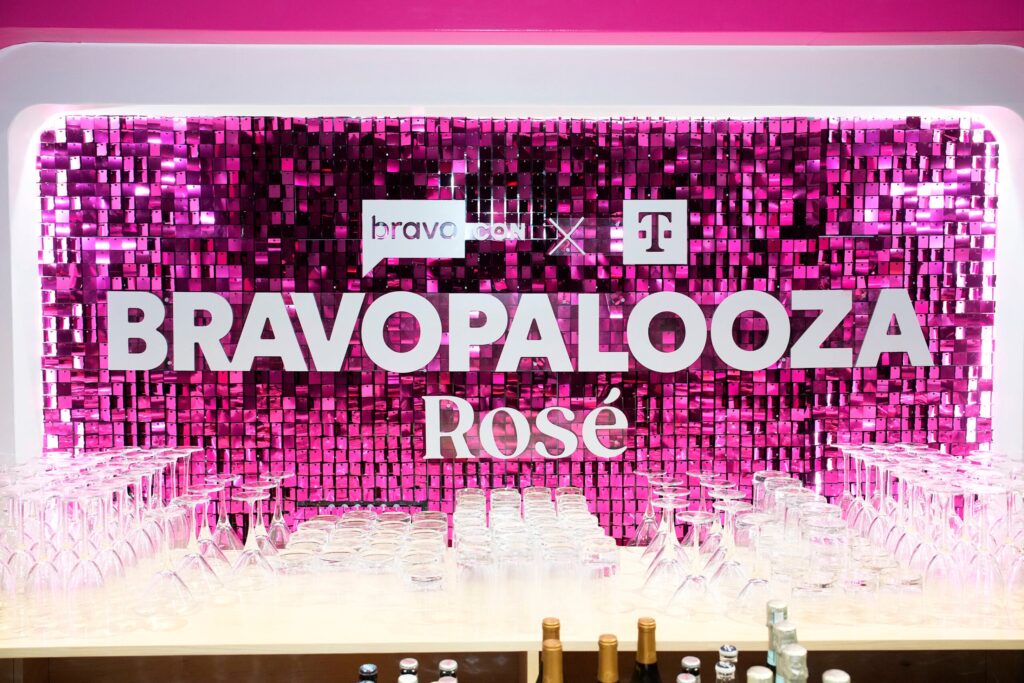PRIVATE LABEL COULD move center-stage this year as Sears, Roebuck & Co. and Kmart Corp. merge their portfolios under the new Sears Holdings Corp.
Store brands and real estate are the strongest assets for Kmart and Sears, which announced merger plans in November. Analysts say their combined private-label strength could make the two struggling retailers a strong single competitor in about three years.
Kmart and Sears can’t discuss plans until the deal is finalized, probably in March. But they have said they may share private-label brands in some markets, especially where one chain is absent or one is strong in a certain segment. That could put Lands’ End, Kenmore and Craftsman in some Kmart stores, and Martha Stewart, Route 66 and Jaclyn Smith in some Sears stores.
“If they merge into a single format, they could make it a house of private-label dry goods brands,” says Ben Ball, senior VP with retail consultancy Dechert-Hampe & Co., Northbrook, IL.
If they raise enough cash by liquidating real estate and exiting malls, they could build private label and “become a threat to other retailers in about three years,” adds Ball, who expects little change for six months.
For now, each chain will keep its own name and brand positioning. Sears Holdings may close some stores, or convert Sears to Kmart (and vice versa). That could give Sears’ fledgling Sears Grand stores a boost: Sears has seven smaller-sized Grand stores and plans to have 12 to 14 by yearend, as well as 70 off-mall Sears stores (September 2004 PROMO).
“They’ll probably convert a number of Kmart stores to Sears Grand,” says Ken Bernhardt, chairman of the marketing department at The Robinson College of Business at Georgia State University.
A private-label plan could diminish packaged goods’ importance to Kmart. That would be good for dollar stores, whose low-income, inner-city shoppers mirror Kmart shoppers in many markets, Ball says.
Sears Holdings also could take its neighborhood-market Sears Grand model, add food, and “finally fulfill the old hypermarket model,” he adds. That would favor national brands.
Brands draw consumers, add variety — and bring trade dollars that retailers can use for operations. “It’s a question of how badly they need manufacturers’ cash for operations right now,” Ball says. “It depends on how fast they could sell real estate to build capital.”
Pooling private-label brands would eliminate weaker private label, not national brands, Bernhardt says. “Consumers see Kmart’s private label as national brands. If they can build loyalty to those brands, people will have to come to their stores to get it.”
That would make Kmart less vulnerable to competitors’ pricing, especially Wal-Mart.
But Kmart and Sears both need to to improve their merchandise mix, eliminate out-of-stocks and clean up their stores to better compete with Wal-Mart and Target Stores.
“Wal-Mart owns the low-price end of the market, and the merger won’t change that,” Bernhardt says. “Good marketing won’t overcome bad locations, dirty stores and poor operations.”




